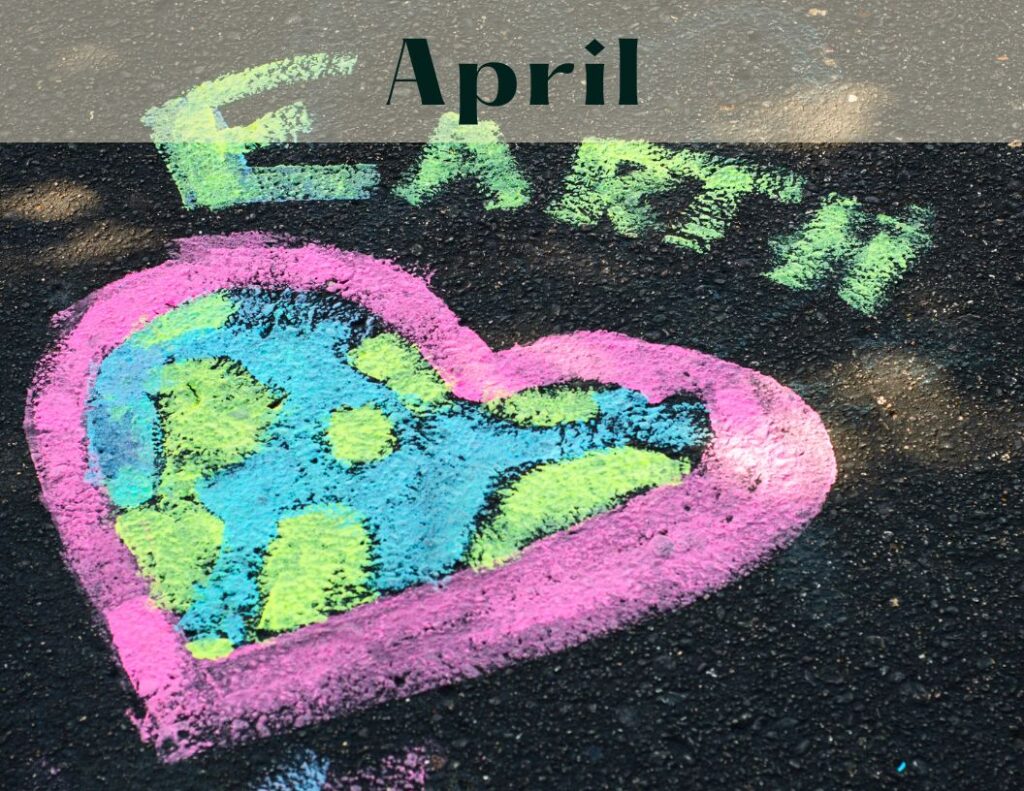Collaboration Is Overdone: Why It’s Time to Let Cooperation and Coordination Shine in the Workplace
In the past two decades, time spent on “collaborative activities” has skyrocketed by more than 50%. Today, it eats up over 80% of the average employee’s day. Yet, many leaders are still scratching their heads, wondering why their teams feel overworked, disengaged, and underproductive.
Ineffectiveness isn’t a consequence of anyone slacking off. On the contrary, it stems from team members spending too much time working together without enough strategy.
The Collaboration Trap
To be clear, collaboration can be powerful. When done right, it accelerates innovation, deepens trust, and creates magic that individual effort alone can’t replicate. The problem is that collaboration has become a catch-all phrase for any gathering of people working on a shared task, whether or not it makes strategic sense.
Instead of carefully constructed teams aligned around a shared goal, we see calendar-clogging meetings full of people who aren’t sure why they’re there but don’t want to miss out—or worse, feel the need to protect their turf.
These good intentions to bridge teamwork often come at the price of your organization’s most valuable resources: energy, talent, and time.
The Hidden Cost of “Collaboration Culture”
When collaboration becomes the default rather than a deliberate choice, it creates an always-on, always-checking-in work culture that leaves employees mentally drained, strategically stuck, and lacking clarity around their ownership and responsibilities.
The wires can get crossed by playing telephone with too many teammates:
- 2 people require 1 line of communication.
- 5 people require 10 lines of communication.
- 10 people must navigate an excessive 45 lines of communication.
Imagine trying to get meaningful work done while juggling 45 potential opinions, egos, and inboxes. Exhausting, right? Without clear roles and purpose, collaboration becomes chaos with a buzzword label.
Even worse, collaboration efforts often go unrewarded. Employees are most often evaluated based on results, not the invisible labor of “being a team player.” That’s a fast track to burnout, disillusionment, and low engagement, no matter how many trust falls you do on your next offsite.
When Collaboration is the Smart Choice
Smart collaboration, coined by Harvard’s Heidi K. Gardner, happens when professionals with complementary skills and perspectives solve a problem that can’t be solved individually, and the involved teammates are all working toward a common and clear goal. It’s high effort, high reward, and should be reserved for moments that truly warrant it, like:
- Cross-functional innovation
- Strategic pivots
- High-stakes product launches
- Crisis or transformation management
Some of the most effective times to lean into smart collaboration include innovative projects and making decisions with far-reaching impacts. For example, a company may have invested in a new product line with a fast turnaround time. In that instance, the marketing, product development, and operations departments might all work together to create a new product that meets market needs within the company’s ability to get it done.
Why Cooperation and Coordination May be More Impactful than Collaboration
Cooperation and coordination often take place independently of or after a collaboration. Teams know the objectives and are ready to execute them. Cooperation is a series of handoffs. One group does its part and hands it down the line until the process is complete. Coordination is when a team or teams divide and conquer the work, working independently and intersecting as needed.
Where collaboration is collective discussion and decision-making, cooperation and coordination are more defined by individual action. The one thing that stays consistent is the presence of a shared goal.
The most crucial step in helping your team make the right choice at each project phase is creating a shared understanding of each strategy and establishing stages for leaders and teams to decide when to shift gears. The chart below can help get you started.
|
Collaboration |
Cooperation |
Coordination |
|
Working as a whole unit, no divide-and-conquer |
Divide-and-conquer with intersecting inputs |
Sequential handoffs |
|
Heaviest lift |
Middle lift |
Lightest lift |
|
The whole > Sum of parts |
Sum of parts = Whole |
Sum of parts = Whole |
Use collaboration when creativity and complexity are high.
Use coordination when clarity and structure matter most.
Use cooperation when the path is clear, but teamwork still matters.
Why This Matters to Leaders
As someone responsible for developing people, teams, and culture, you already know the stakes. Poor team dynamics are a top driver of stress, disengagement, and turnover. And ineffective collaboration is one of the silent culprits.
Culture Refinery’s Cultivate Teams solution delivers:
- Smarter collaboration: We help teams learn when—and how—to use it.
- Clarity and connection: Roles, responsibilities, and communication norms become second nature.
- Psychological safety: Where people aren’t afraid to speak up, disagree, or contribute.
- High performance through trust: Because alignment beats activity every time.
Whether your organization is scaling fast, navigating change, or just trying to get your teams to work better together, we design impactful experiences tailored to your unique challenges. Think strengths-based workshops, custom team development tracks, and immersive retreats designed to unlock not just teamwork but sustainable business results.
The Bottom Line
Not every problem needs an all-hands brainstorm.
Not every project needs a committee.
And not every team needs another meeting.
But every team needs the tools to choose the best way to work together—and the adaptability to shift gears when needed.
Let’s stop confusing collaboration with productivity and start building teams that know when to collaborate, when to coordinate, and when to just get it done.
Ready to explore how your team can become a well-oiled machine?



